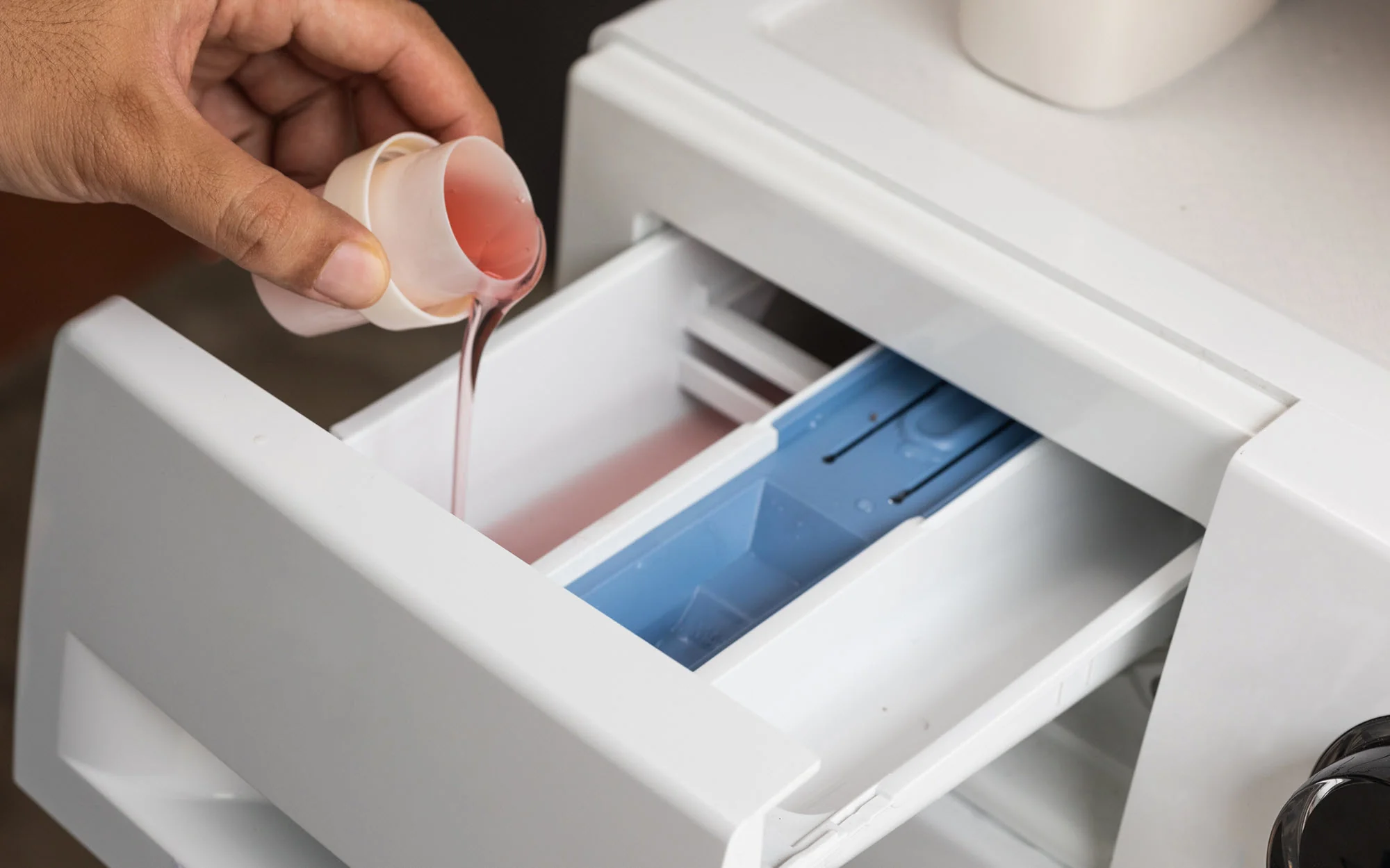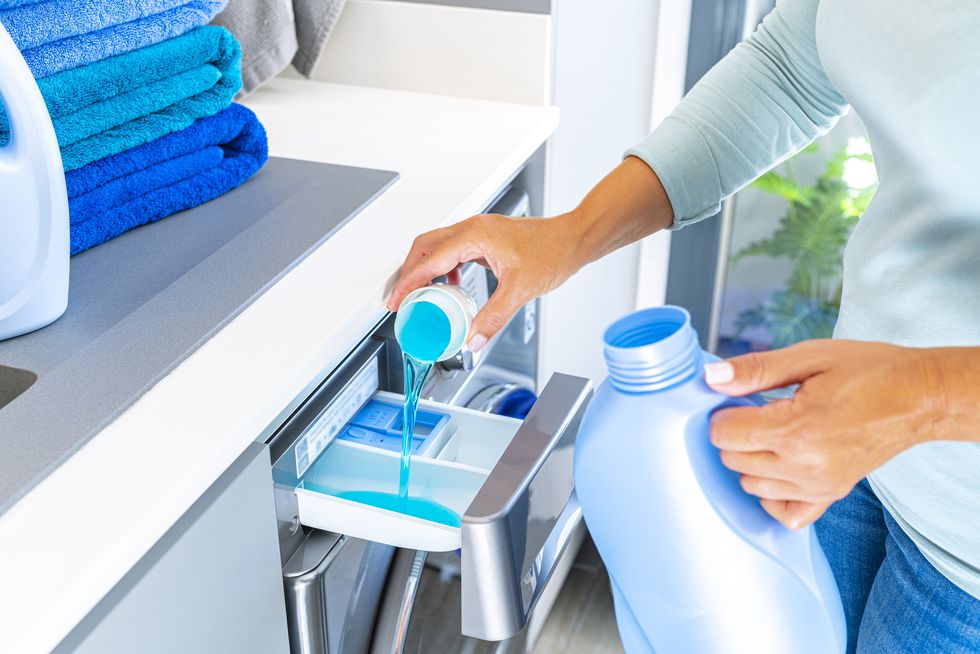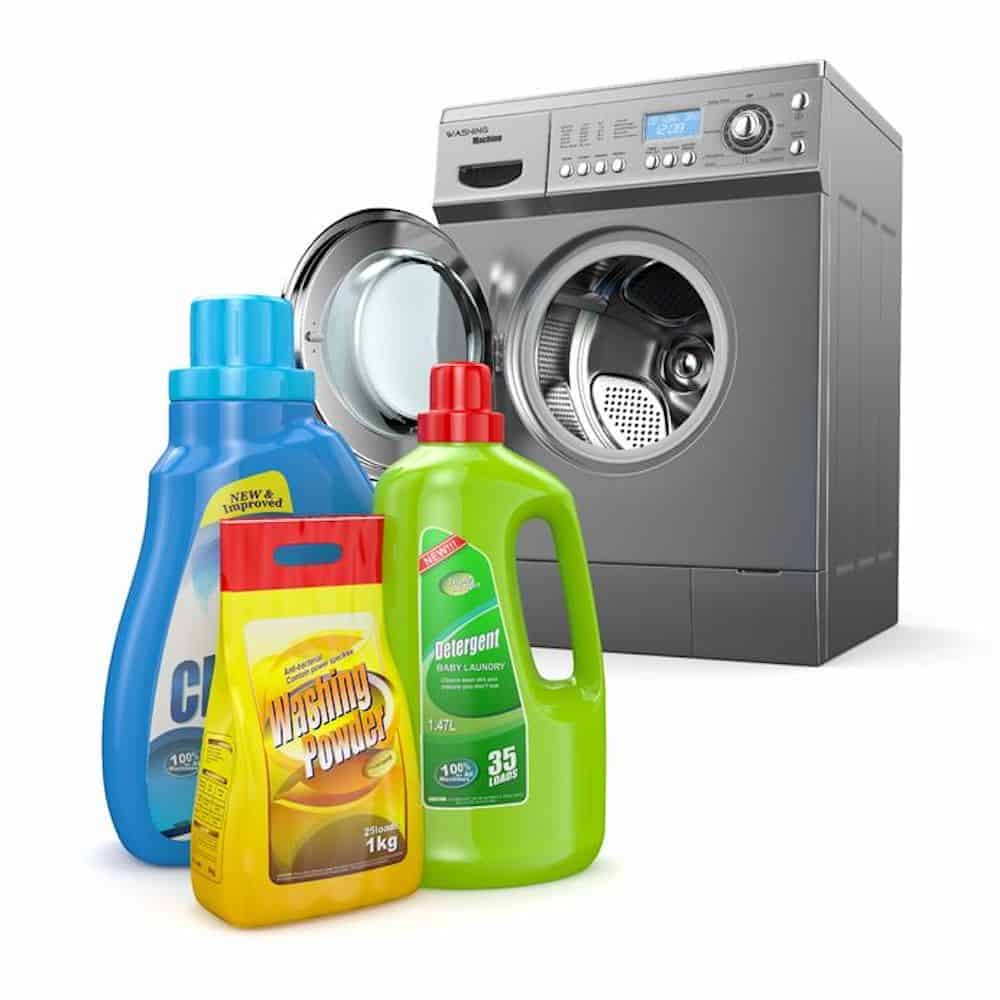Introduction:
Using the right amount of detergent in your washing machine is crucial for effective cleaning and maintaining the appliance’s longevity. Overloading your machine with detergent may seem like it would result in cleaner clothes, but it can actually cause a range of problems. This comprehensive guide explores the effects of using too much detergent in your washing machine and provides practical solutions to address and prevent the issue.
![]()
Too Much Detergent in Washing Machine:
What Are the Effects and How to Fix It?
Understanding Detergent Dosage:
Why Is It Important to Use the Right Amount?
Proper detergent dosage is essential for effective laundry and the health of your washing machine.
Effectiveness of Cleaning: Detergent helps lift and remove dirt, oils, and stains from fabrics. Using the right amount ensures that your clothes are thoroughly cleaned without leaving any residue. Excess detergent can cause build-up on fabrics, leading to dull-looking clothes and a reduced ability to remove stains in future washes.
Machine Health: Washing machines are designed to handle specific amounts of detergent. Overuse can strain the machine, leading to mechanical issues and inefficiency. Excess bubbles and foam can spill over and damage internal components, while residue can clog the detergent drawer and water pump.
Water Usage: Excess detergent requires more water to rinse out completely. This increases your water usage and utility bills and can also leave clothes feeling soapy or sticky if not rinsed properly.
Environmental Impact: Using too much detergent contributes to environmental pollution. Excess detergent can enter waterways, harming aquatic life and disrupting ecosystems. Using the correct amount minimizes your environmental footprint.

Effects of Too Much Detergent:
What Problems Can Arise?
Exceeding the recommended amount of detergent can lead to several issues affecting both your laundry and washing machine.
Residue Build-Up:
On Clothes: Too much detergent can leave a soapy reside on clothes, making them look dull and feel stiff. This residue can trap dirt and oils, leading to a less effective wash over time. Residue build-up can also cause skin irritation, especially for individuals with sensitive skin.
Inside the Machine: Residue can accumulate inside the washing machine’s drum, detergent drawer, and rubber seals. This build-up can lead to mold and mildew growth, causing unpleasant odors and potential health risks.
Poor Rinsing: Excess detergent creates more foam and bubbles than the machine can effectively handle. This can lead to poor rinsing, leaving soap residues on your clothes. Multiple rinse cycles may be necessary to eliminate the excess detergent, wasting water and energy.
Mechanical Issues: Excess foam can spill over and seep into the machine’s internal components, causing mechanical issues. The water pump may struggle to remove all the soap, and the motor can overwork, leading to potential breakdowns and costly repairs.
Mold and Mildew: Detergent residue and excess moisture create a breeding ground for mold and mildew. This can cause a musty odor in your washing machine and on your clothes. Mold spores can also pose health risks, particularly for individuals with respiratory issues or allergies.
Lint and Grime: Excess detergent can cause lint and grime to accumulate more quickly on fabric, reducing their overall cleanliness and appearance. This build-up can also clog the machine’s lint filter and drain, leading to reduced efficiency and potential blockages.

Fixing the Problem:
How to Address Excess Detergent in the Machine?
If you’ve accidentally used too much detergent, taking the following steps can help rectify the situation and prevent further issues.
Run Additional Rinse Cycles: Running one or more additional rinse and spin cycles helps remove excess detergent from both the clothes and the washing machine. Select the cold water setting to conserve energy and prevent setting stains.
Clean the Detergent Drawer: Remove and thoroughly clean the detergent drawer to eliminate any build-up. Use warm water and a brush to scrub away residue. Ensuring the drawer is clean helps prevent mold growth and improves detergent dispensing.
Wipe Down Seals and Drum: Inspect and wipe down the washing machine’s drum, door seals, and any accessible interior components with a damp cloth to remove soap residue. Pay special attention to rubber seals, where mold and mildew are likely to form.
Use White Vinegar: Running an empty wash cycle with white vinegar can help break down and remove leftover detergent residue inside the machine. Pour a cup of white vinegar into the detergent drawer and run a hot water cycle. Vinegar’s natural acidity helps dissolve soap build-up and neutralize odors.
Use Baking Soda: Baking soda is another effective agent for removing detergent residue. Add half a cup of baking soda directly into the drum and run an empty hot water cycle. Baking soda helps to neutralize odors and break down detergent residues.
Preventing Future Issues:
How to Avoid Using Too Much Detergent?
Implementing these best practices ensures you use the right amount of detergent for each load, preventing future issues.
Measure Carefully: Follow the detergent manufacturer’s guidelines for the appropriate amount to use per load size and soil level. Avoid using the detergent cap for measurement, as it often holds more detergent than needed. Instead, use a dedicated measuring cup or spoon for accuracy.
Consider Water Hardness: Water hardness affects detergent effectiveness. Hard water requires more detergent to achieve the same cleaning power, while soft water needs less. Adjust your detergent usage based on the water hardness in your area.
Load Size: Adjust the amount of detergent based on the load size. Smaller loads require less detergent, while larger or heavily soiled loads may need a bit more. Avoid overloading the machine, which can inhibit proper cleaning and rinsing.
Use HE Detergent: If you have a high-efficiency (HE) washing machine, use only HE detergent. These low-sudsing detergents are designed to work effectively with HE machines, using less water. Using non-HE detergent in an HE machine can cause excessive suds and potential damage.
Read and Follow Guidelines: Adhere strictly to the washing machine and detergent manufacturer’s guidelines. This includes understanding the machine’s capacity, recommended cycle settings, and proper detergent dosages.
Consider Detergent Pods: Detergent pods provide a pre-measured amount of detergent, minimizing the risk of overuse. However, ensure that the pod is compatible with your washing machine type and water temperature settings.

Tips for Enhancing Laundry Practices:
How to Optimize Detergent Use?
Incorporating a few additional tips can further optimize your detergent use and improve your overall laundry practices.
Pre-Treat Stains: Pre-treating stains before laundering reduces the need for excess detergent. Use a dedicated stain remover or a small amount of detergent directly on the stain, allowing it to sit for a few minutes before washing.
Regular Machine Maintenance: Perform regular maintenance on your washing machine to keep it running efficiently. Clean the drum, detergent drawer, and filters monthly to remove residue and prevent mold growth.
Opt for Cold Water Washes: Washing with cold water can be just as effective for most loads and helps to conserve energy. Additionally, cold water reduces the risk of detergent residue remaining on clothes.
Use a Detergent-Free Rinse: Adding a detergent-free rinse cycle to your washing routine ensures that any remaining detergent is thoroughly rinsed out, leaving clothes clean and residue-free.
Properly Load Clothes: Distribute clothes evenly around the drum to prevent overloading. This allows the detergent to disperse properly and ensures thorough rinsing of all items.

Conclusion
Using too much detergent in your washing machine can lead to a range of problems, including residue build-up, poor rinsing, mechanical issues, and environmental impact. Understanding the importance of proper detergent dosage and the effects of overuse helps you adopt better laundry practices. If excess detergent is used, taking steps such as running additional rinse cycles, cleaning the detergent drawer, and using vinegar or baking soda can mitigate the issue. Preventing future problems involves measuring detergent carefully, considering water hardness, adjusting for load size, and using HE detergent for high-efficiency machines. Drawing from user experiences, incorporating practical tips, and performing regular maintenance ensures effective cleaning and optimal machine performance, ultimately leading to cleaner clothes and a longer-lasting washing machine.

